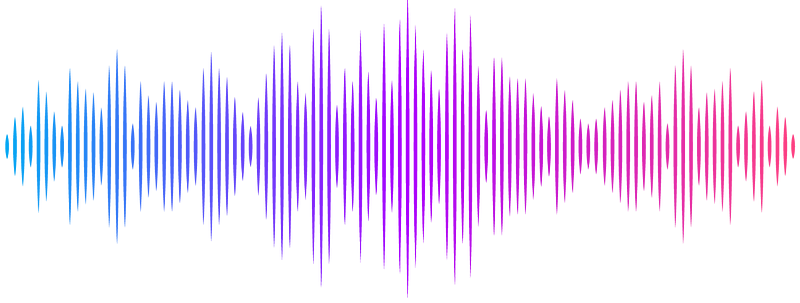Multiomic clocks to predict phenotypic age in mice

Multiomic clocks to predict phenotypic age in mice
Vera, D.; Griffin, P. T.; Leigh, D.; Kras, J.; Ramos, E.; Bishof, I.; Butler, A.; Chwalek, K.; Vogel, D.; Kane, A. E.; Sinclair, D. A.
AbstractBiological age refers to a person\'s overall health in aging, as distinct from their chronological age. Diverse measures of biological age, referred to as clocks, have been developed in recent years and enable risk assessments, and an estimation of the efficacy of longevity interventions in animals and humans. While most clocks are trained to predict chronological age, clocks have been developed to predict more complex composite biological age outcomes, at least in humans. These composite outcomes can be made up of a combination of phenotypic data, chronological age, and disease or mortality risk. Here, we develop the first such composite biological age measure for mice: the mouse phenotypic age model (Mouse PhenoAge). This outcome is based on frailty measures, complete blood counts, and mortality risk in a longitudinally assessed cohort of male and female C57BL/6 mice. We then develop clocks to predict Mouse PhenoAge, based on multi-omic models using metabolomic and DNA methylation data. Our models accurately predict Mouse PhenoAge, and residuals of the models are associated with remaining lifespan, even for mice of the same chronological age. These methods offer novel ways to accurately predict mortality in laboratory mice thus reducing the need for lengthy and costly survival studies.